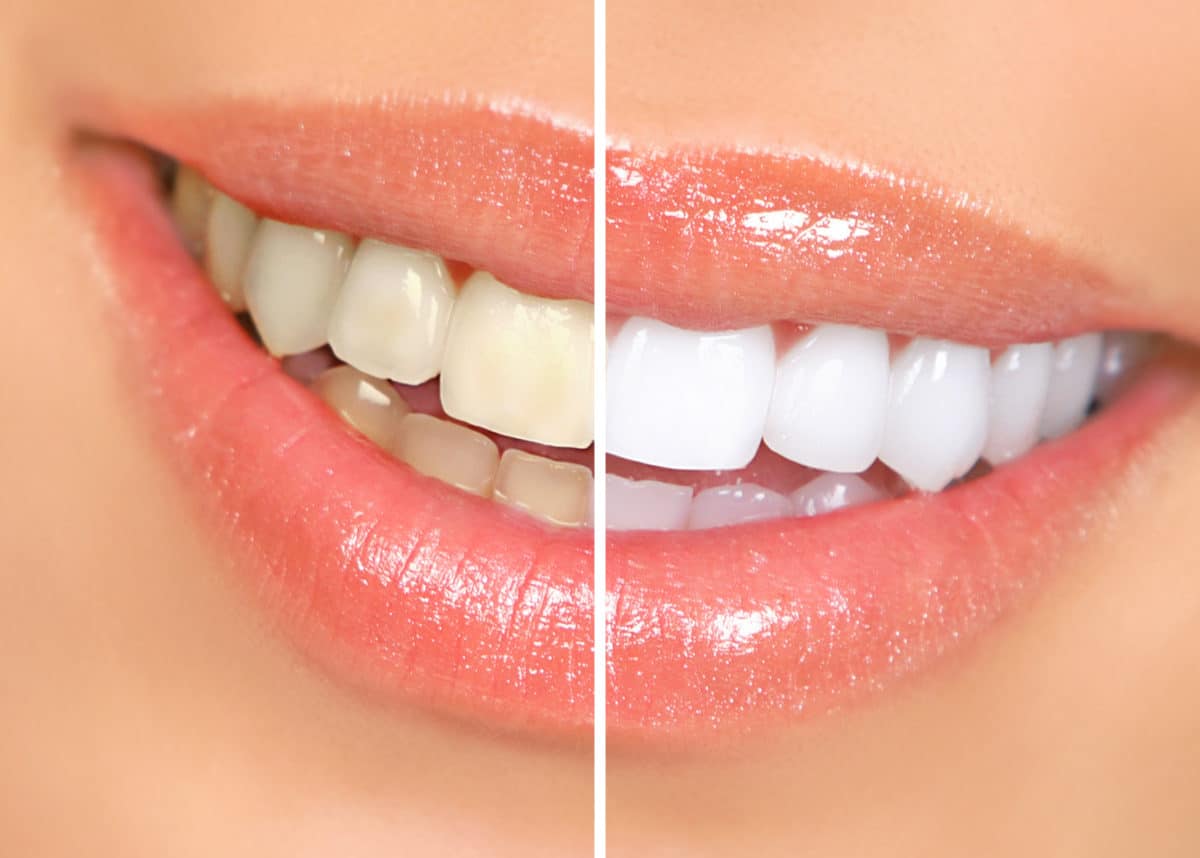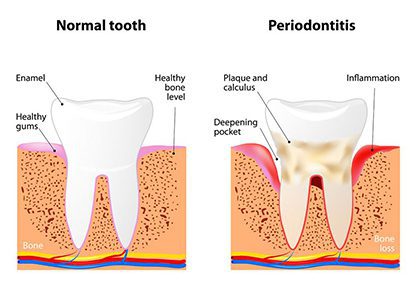Most people would agree that one of the easiest ways to enhance your smile is by whitening your teeth. Even if your teeth aren’t affected by extensive staining or discoloration problems, whitening them can dramatically improve not only the brightness of your mouth but also the overall radiance of your face. It can also work to improve one’s self-confidence and their willingness to show off their mouth and their smile, instead of trying to hide it. It’s therefore no wonder that this simple cosmetic dental procedure is one of the most common and popular there are.
Teeth Whitening Basics
In order to get the most out of teeth whitening, it is important to understand that teeth whitening procedures provide amazing, albeit temporary results. This means that if you want to continue to experience the benefits of teeth whitening over a longer period of time, you will need to return for regular treatments. This is especially true if you consume foods or beverages that tend to stain or discolor your tooth enamel, such as coffee, colas, red wines, tea or cigarettes. Some staining and discoloration can also result from an individual’s failure to properly care for their teeth, or as a natural part of aging. The reason for this lies in understanding how teeth become stained or discolored, and why tooth whitening procedures work the way they do.
As you may well know, the very outermost layer of the tooth is the enamel. It is the enamel and the dentin underneath it that give your teeth their natural color. The enamel of your tooth is porous, which means it can pick up and hold stains. Additionally, a thin coating that forms on top of your tooth enamel each and every day can pick up and hold stains. In some cases, the yellowing or staining of teeth occurs simply because as the individual ages their tooth enamel becomes thinner and their dentin a bit darker. In other, rare cases, tooth staining occurs inside the tooth because of trauma or because the tooth was damaged while still developing, as can occur when too much fluoride is used on a young child’s teeth. Tooth whitening procedures are most effective at handling the surface stains that occur in the enamel or the coating on the enamel, not internal staining.
There are some teeth whitening products and kits that can be purchased in stores and used at home, but these rarely work as well as teeth whitening procedures that are performed at a dentist’s office. At a dentist’s office, the procedure for teeth whitening includes:
- A thorough examination and consultation. The dentist will need to examine your teeth to make sure that there are no issues, like cavities, that need to be addressed prior to the whitening procedure. They may ask you questions in order to determine the cause of the staining and they may also take photographs of your teeth in order to effectively monitor the teeth whitening process.
- A thorough cleaning. Either the dentist or a dental hygienist will perform a thorough dental cleaning in order to ensure that all bacteria, food particles and other things are eliminated from the mouth.
- Application of whitening gel. The dentist will coat your teeth with a special whitening gel and live it to sit for a specific amount of time. Most dental whitening gels contain hydrogen peroxide and many are activated by a special dental light or laser. The entire treatment can take anywhere between thirty and ninety minutes to complete, depending upon the extent of staining or discoloration you are seeking to resolve.
- Repeat treatments as necessary. Your dentist may recommend that you return for further treatments in order to achieve the desired results. In some cases they may have you follow-up the in-office treatment with further treatments at home. In the latter case you will be given a tooth tray in which you place whitening gel, and then set this in your mouth for a specific length of time.
It is very important to discuss teeth whitening with your dentist, and follow their instructions carefully, as over-whitening or improper use of whitening products can cause damaging effects. Done well, teeth whitening treatments can have remarkable results, especially if you work hard to protect your newly-whitened teeth from those things that could lead to further staining.




